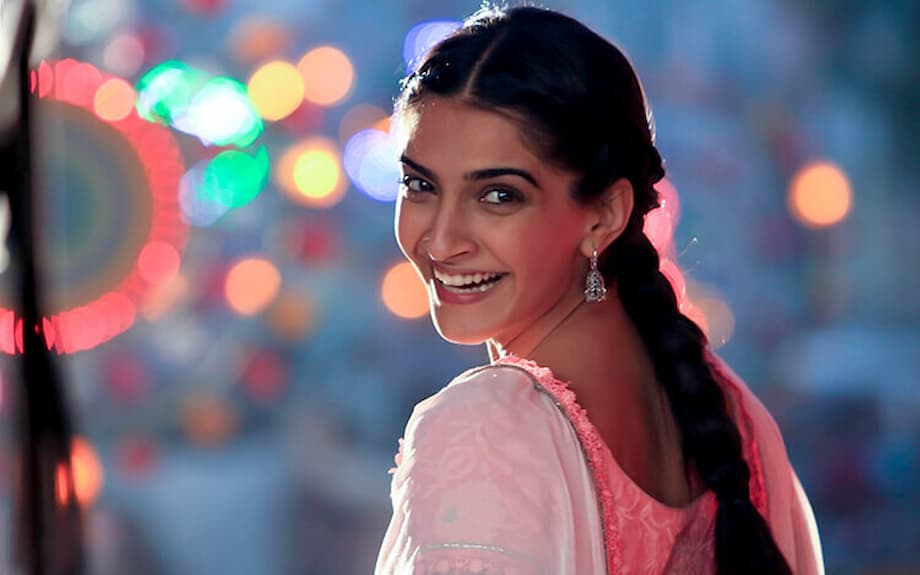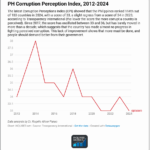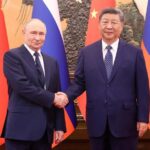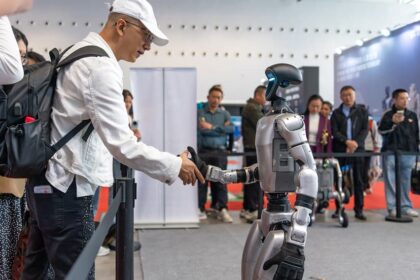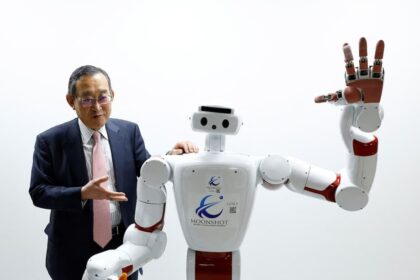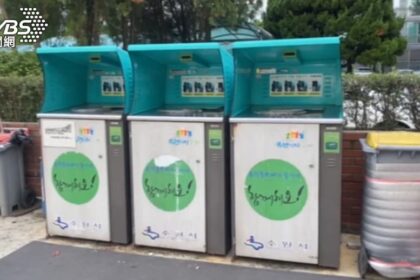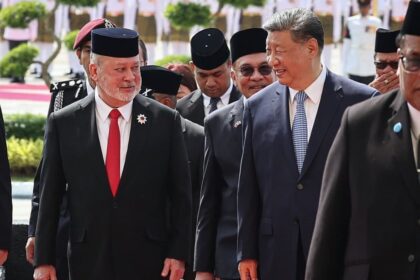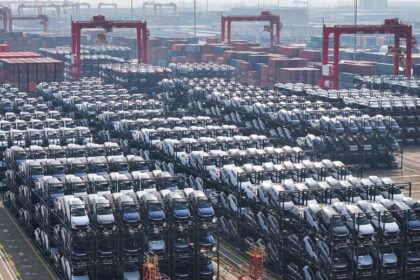An altered ending ignites a national debate
Bollywood, famous for lavish song and dance numbers and massive crews, is facing a new storyline written by code. The spark came from a re release of the 2013 romance Raanjhanaa, dubbed in Tamil, in which an artificial intelligence tool reshaped the closing moments. The tragic finale, familiar to millions, was softened. The camera lingered on the hero as his eyes flickered open. That single change set off a wave of anger from director Aanand L. Rai and star Dhanush, who called it a breach of creative rights.
- An altered ending ignites a national debate
- A bold announcement of an AI generated epic
- How AI is already woven into Indian filmmaking
- Where technology meets the business of movies
- Jobs, consent and the risk to human work
- Creativity, unpredictability and the case for human led cinema
- Ethics, law and audience trust
- What Bollywood could see next
- Key Points
Dhanush told fans that altering a completed film through AI strips its meaning and sets a worrying precedent. He argued that technology cannot be a backdoor to override the judgement of the people who authored the story. He framed the controversy as a fight to protect the integrity of storytelling and the legacy of cinema.
“This alternate ending has stripped the film of its very soul. Using AI to alter films sets a deeply concerning precedent for art and artists. It threatens the integrity of storytelling and the legacy of cinema.”
Director Aanand L. Rai supported that stance. He welcomed new tools for the future, then drew a line around completed work.
“AI is definitely the future, it is not there to change the past.”
The dispute raised fresh questions for India about who gets the final word on a story when a film is repackaged for new regions or new platforms. Dubbing and re releases are common business moves. Using AI to alter plot points moves beyond translation or cleanup. It reshapes authorship.
A bold announcement of an AI generated epic
Within days of the Raanjhanaa uproar, Collective Artists’ Network announced what it billed as India’s first fully AI generated feature, Chiranjeevi Hanuman The Eternal, planned for 2026. The project promises a mythological epic about the Hindu deity Hanuman, framed as an attempt to merge ancient legend with cutting edge tools for a global audience.
The response from many filmmakers was swift. Anurag Kashyap posted a lengthy critique, warning that removing writers and directors from the heart of the process would flatten cinema. Vikramaditya Motwane, who has experimented with new formats across his career, questioned whether a film built entirely with AI could claim the emotional depth audiences expect from human crafted stories. The pushback mirrored a deeper divide inside the industry about how far automation should go.
How AI is already woven into Indian filmmaking
Behind the polarizing headlines, AI has been seeping into everyday film work for years. India runs one of the busiest screen industries on earth, with hundreds of releases a year and a workforce that stretches across scripting, production, visual effects and dubbing. The sector employs about 850,000 people. New tools now touch many steps, from script notes to final delivery.
On set and in post production
Directors and VFX teams use AI assisted software to accelerate labor intensive tasks. Editors working in Adobe Premiere Pro or DaVinci Resolve can automate color correction, match audio across takes, and isolate dialogue faster. VFX teams can remove wires, paint out distractions, and create crowd extensions with less manual rotoscoping. These gains do not replace artists on a complex sequence, they compress the grind and free time for the shots that matter most.
Some filmmakers have pushed further. Tamil director Guhan Senniappan is including a two and a half minute AI crafted sequence in his film Weapon, using images of veteran actor Sathyaraj to depict a younger version at a fraction of the cost of a full live shoot. Bollywood star Shah Rukh Khan offered a glimpse of a different future in 2021 through a campaign that used deepfake techniques to let small businesses generate personalized ads with his face and voice. Each example shows a path where AI can be a cost saver, a creative device, or both.
Writers and directors are also testing AI for text. Shekhar Kapur has run sequel ideas through a chatbot to probe moral conflict, a way to spark new angles before the real writing begins. Others use script analysis apps that score narrative beats or flag pacing issues. These tools are far from a one click screenplay, yet they can act like a fast assistant in early development.
Where technology meets the business of movies
AI is also reshaping the business side of cinema. Marketing teams rely on data driven platforms to predict interest and target promotions, a practice that helped films like Dangal tailor messages to different regions and demographics. Recommendation systems on streaming apps steer discovery. Theater chains experiment with chatbots and flexible pricing to pull more people into seats.
PVR INOX has built a chatbot called Movie Jockey to streamline ticketing and concessions. The chain has also tested an initiative that charges viewers only for the time they watch, with AI powered cameras verifying attendance to issue refunds. Production houses and studios use automated breakdowns for scripts, location comparisons, and even assembly edits that directors later refine. These steps do not remove creative judgement. They reduce friction and speed the handoffs that slow a production.
Even trailers are feeling the shift. Teams now cut multiple versions, then use AI driven testing to see which edit generates stronger engagement in different cities. As with visual effects, the best results come when a skilled editor makes the choices and a machine runs the repetitive checks in the background.
Jobs, consent and the risk to human work
Concerns about employment are not abstract. India’s dubbing and voiceover community, which includes an estimated tens of thousands of freelancers, reports fewer bookings for straightforward narration as text to speech systems mature. Voice cloning now lets a production match the texture of a star’s voice to another performer, raising questions about consent, credit, and fair pay. Artists want clear contracts and audit trails that show when their voices are trained or reused.
The Association of Voice Artists of India has begun warning members about vague license terms and unvetted data collection. Some performers say their voices appeared in projects they never recorded. Technology still struggles to deliver emotion for a dramatic scene, which keeps skilled dubbers in demand for now. The gap is narrowing as tools improve, and workers fear they could be sidelined without basic protections.
Background performers and on set technicians have similar worries. AI generated crowds, synthetic stunt doubles, and automated set extensions can save days of shooting. Producers see savings in a business under constant pressure. Crew members see a future where journeyman jobs shrink unless training moves fast and contracts evolve to reflect new workflows.
Creativity, unpredictability and the case for human led cinema
Many directors argue that cinema survives because it carries surprise and emotional truth, qualities they believe a pattern matching system cannot conjure on its own. Their case is not anti technology. It is a call to keep humans in charge of the creative arc while drawing on software for support.
Veteran filmmaker Shekhar Kapur, the director of Masoom, Mr India and Elizabeth, has engaged directly with new tools while defending the primacy of story. He rejects the fear that AI will replace a great storyteller and says it will be most damaging for films that repeat formulas.
“The best stories are unpredictable and AI cannot handle unpredictability.”
Kapur is developing an AI focused film school in Mumbai’s Dharavi and has suggested that digital creations could one day become stars in their own right. He argues that widely available tools will lower barriers for independent creators and expand the range of voices that can reach screens.
Producer director Karan Johar, speaking at an industry forum, gave a pragmatic assessment. He said the craft will coexist with machines and drew a simple analogy to make his point.
“AI is something that you cannot not embrace and accept. We have to live with it. If you have pure orange juice and you have canned orange juice, there is a difference. We are fresh orange juice.”
Director Shakun Batra, who recently assembled a five part short film experiment with AI, argues for a middle path in which technology complements human craft. In his view, the best results will come when writers and directors use new tools to extend imagination, not to override it.
On the other side are filmmakers who warn that an AI only production hollows out the art. Anurag Kashyap has accused agencies and production houses of chasing cost at the expense of creators. Vikramaditya Motwane has raised a thought many find unsettling, if anyone can press a button to make a movie, what happens to the hard won value of authorship.
Ethics, law and audience trust
India is still building a framework for how AI should be used in screen work. Courts have begun to recognize rights over celebrity likeness, as seen when actor Anil Kapoor won a case restricting unauthorized use of his image and voice. Clear consent for training data, cloning, and reuse will matter for stars and below the line talent alike. Labels that disclose when scenes or voices are AI generated could protect viewers and reduce confusion.
There is also a question of stewardship of finished works. Many argue that producers should not unilaterally change plots or characters in re releases without the creators who made the film. The Raanjhanaa dispute moved that principle from theory to a real fight. Aanand L. Rai later said he was heartened by fans who defended the original cut many years after release, a reminder that audiences play a decisive role in what endures.
Global debates shape the backdrop. Hollywood writers and actors mounted strikes in 2023 to limit studio use of AI and to win consent and compensation for digital doubles. India did not see equivalent industrial action, and conversations remain fragmented across guilds and companies. With the Indian screen sector employing hundreds of thousands of people, any shift in policy will ripple widely.
What Bollywood could see next
Hybrid production feels like the most likely path. Scripts may be reviewed by smart assistants, previsualization may be built from prompts, and rough cuts may be assembled by algorithms. Human directors, writers, editors, designers and performers will still make the choices that give a film its voice. That approach makes room for speed without surrendering authorship.
Expect independent creators to thrive. The same tools that threaten some jobs can lower costs for newcomers. A small team can now produce high quality visuals, dubbed tracks for multiple languages, and polished marketing. Shekhar Kapur’s forecast of AI born stars points to a future where virtual performers share the screen with humans. That shift will raise fresh questions about credit, royalties, and audience acceptance.
Education and policy will shape outcomes. Film schools are adding courses on data, prompt design, and ethics. Guilds are starting to craft model clauses for consent and fair use. Studios that experiment with AI while committing to clear credits and clear labels are likely to earn more trust than those that hide the process.
The theater experience will evolve as well. Better forecasting and personalized offers can help exhibitors fill seats. Audiences will still seek a collective night out for big event titles, a point that Motwane has stressed when dismissing predictions about the end of cinemas. The more attention theaters pay to the viewing experience, the more reasons people will have to keep going.
Key Points
- AI triggered a storm when an altered ending in the Tamil dub of Raanjhanaa drew protests from director Aanand L. Rai and star Dhanush.
- Collective Artists’ Network announced a fully AI generated feature, Chiranjeevi Hanuman The Eternal, for 2026, prompting backlash from directors including Anurag Kashyap and Vikramaditya Motwane.
- AI already supports editing, VFX, de aging, and trailers, and powers marketing, chatbots, and recommendation systems across India.
- Dubbing and voice artists face shrinking work from text to speech and cloning, with calls growing for consent, credit, and fair pay.
- Shekhar Kapur and Karan Johar argue for human led storytelling that uses AI as a tool, not a replacement.
- India lacks unified rules for AI use in entertainment, though recent court decisions, like Anil Kapoor’s case, signal stronger protection of likeness rights.
- Audiences hold sway, as seen in support for the original Raanjhanaa cut, pressuring studios to respect creative intent.
- Near term reality points to hybrid workflows, new training in film schools, and a rise of independent creators using low cost AI tools.


